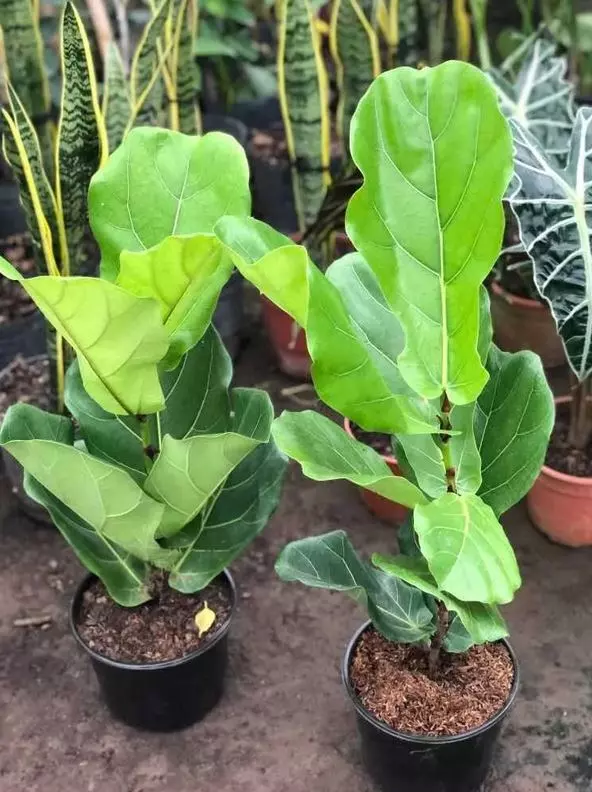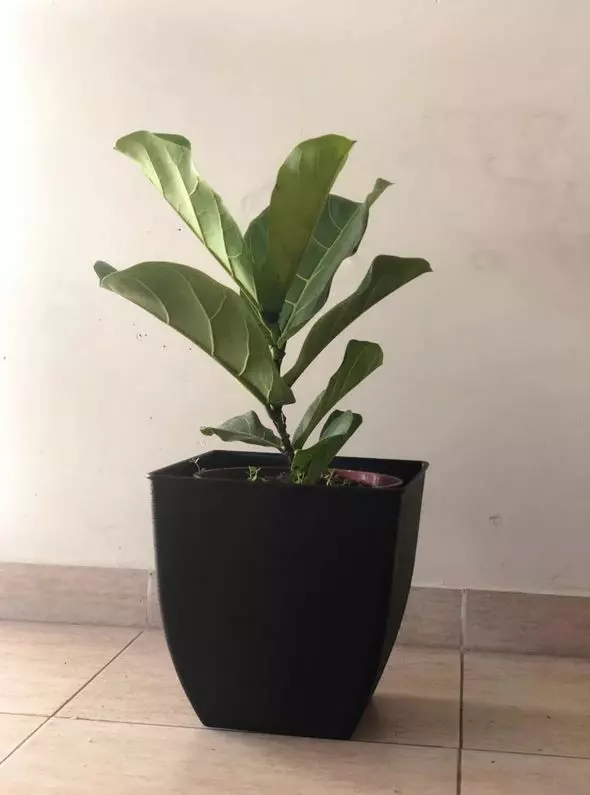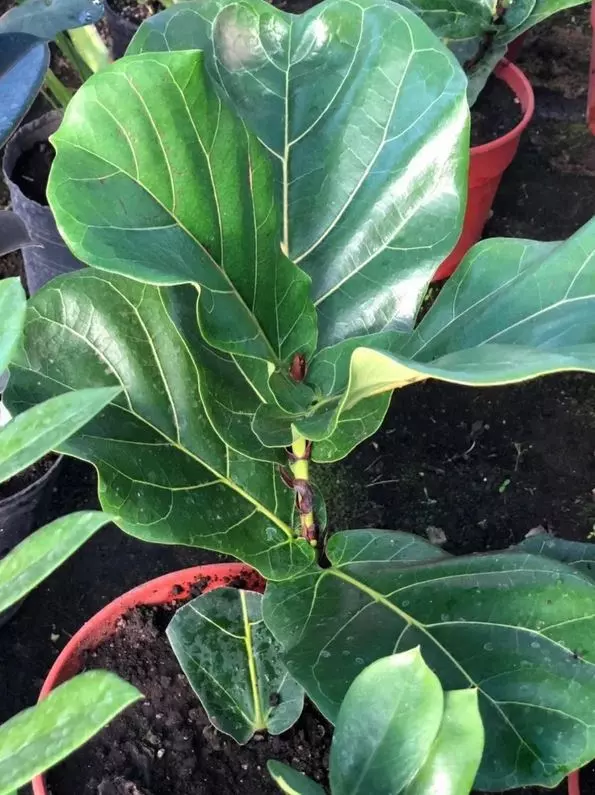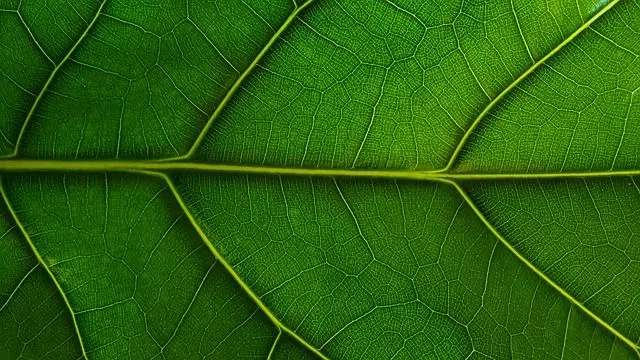Ficus lyrata, also known as fiddle leaf fig, was for many decades a standard houseplant due to the elegance of its shape and the exuberance of its large leathery leaves. That is why its cultivation has become very popular among lovers of interior decoration with ornamental plants. Learn all about How to Propagate Fiddle Leaf Fig in this post.
1- First, a branch of about 16″ (40 cm) is cut off and the base is impregnated with rooting hormones in powder or with homemade rooter.
2- Then, plant in a pot with vermiculite or plant substrate.
3- Then, it is watered.
4- Finally, it is placed in an area protected from direct sun.
If everything has gone well, in a month, maximum two, it will start to take root.
Table of Contents
How to Care for Fiddle Leaf Fig
Fiddle Leaf Fig can be planted alone or in groups and is grown, unlike other Ficus species, in sunny areas. It is recommended that it receives direct sunlight throughout the day. Regarding the soil, it would be ideal to opt for a light, aerated, and sandy soil, with good drainage, enriched with organic matter, and regularly watered in the first year of the tree’s growth.

How to Propagate Fiddle Leaf Fig: Light
As previously noted, the Fiddle Leaf Fig needs to receive a lot of light to develop well. Therefore, if grown outdoors, either on a terrace or in the garden, the best location will be one that allows it to receive direct sunlight for as many hours as possible.
If grown indoors, it is advisable to locate the plant as close as possible to a window or door that allows it to receive the lightest possible.
Avoid leaving the Fiddle Leaf Fig in areas close to cold air currents or with the air conditioner on for a long time because dry air burns the edges of the leaves.
How Often Should I Water My Fiddle Leaf Fig
The planning of the irrigation will depend on several factors: where the plant is located, indoors or outdoors, the season of the year, the amount of light it receives, the temperature, and the flow of air currents to which it is exposed.
If it is grown indoors, its Ficus should be watered every 5 days in summer and between 9 and 12 days in winter. However, as the temperature in summer is not the same everywhere, it is best to rely on an infallible technique: check the soil before watering. If at about 2″ (5 cm) from the surface the soil in the pot is dry then it is time to water.
Outdoors, the frequency of watering should take into account the factors already mentioned. In summer, in full sun the watering frequency should be high and in winter lower.
A pot with a drainage hole is the best option to avoid water accumulation.

Best Soil for Fiddle Leaf Fig
If you have decided to plant your Ficus in a pot, it is best to mix 70% of a universal substrate with 30% of perlite or river sand. This will provide excellent drainage.

Fiddle Leaf Fig Leaves Falling Off
If the leaves fall off, they may be air currents or low light so act accordingly.

Fiddle Leaf Fig Brown Leaves
The yellow or brown spots on the leaf’s beam accompanied by small webs on the reverse are a symptom of a red spider that will have to be treated.
If the leaves turn yellow it means an excess of watering.
